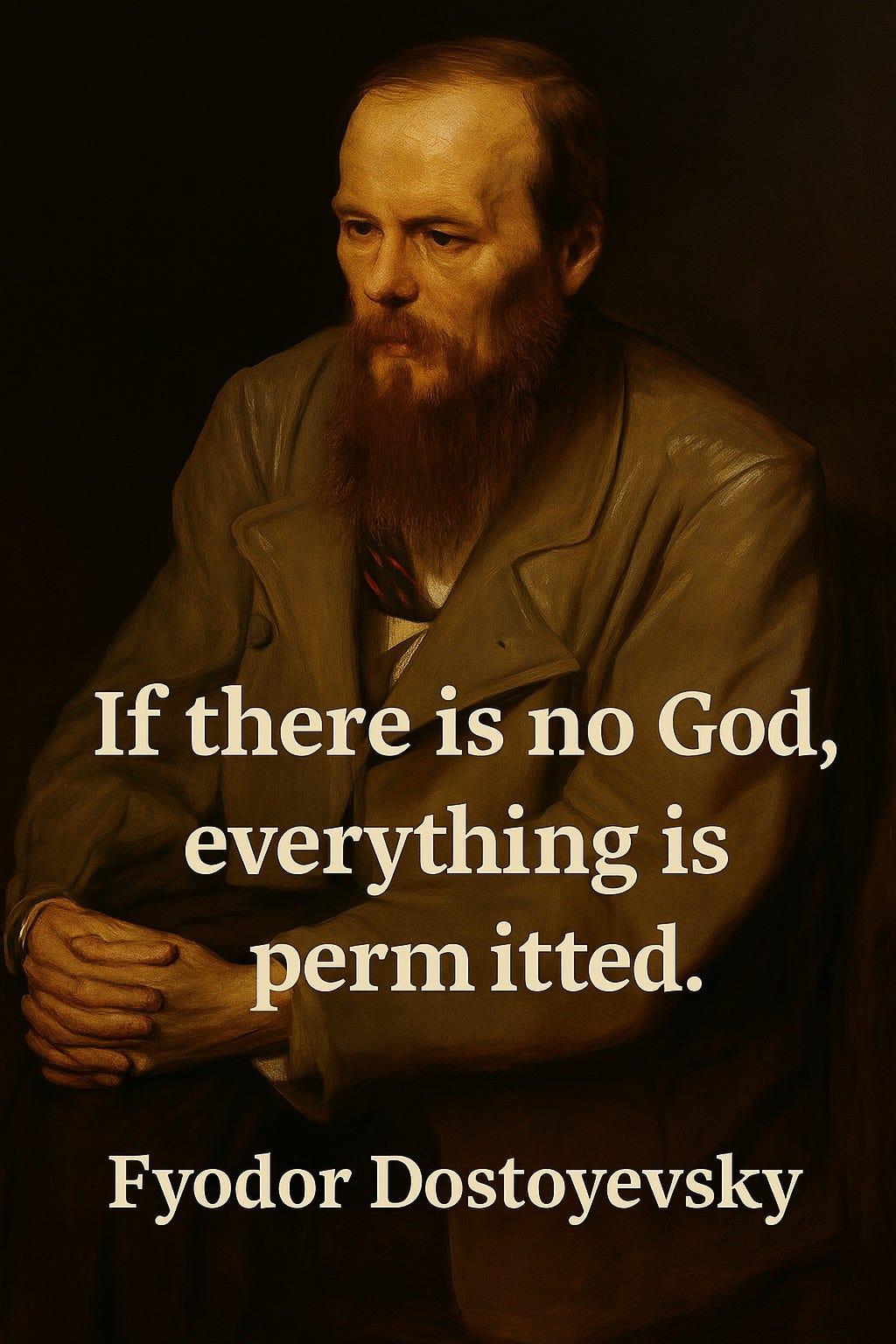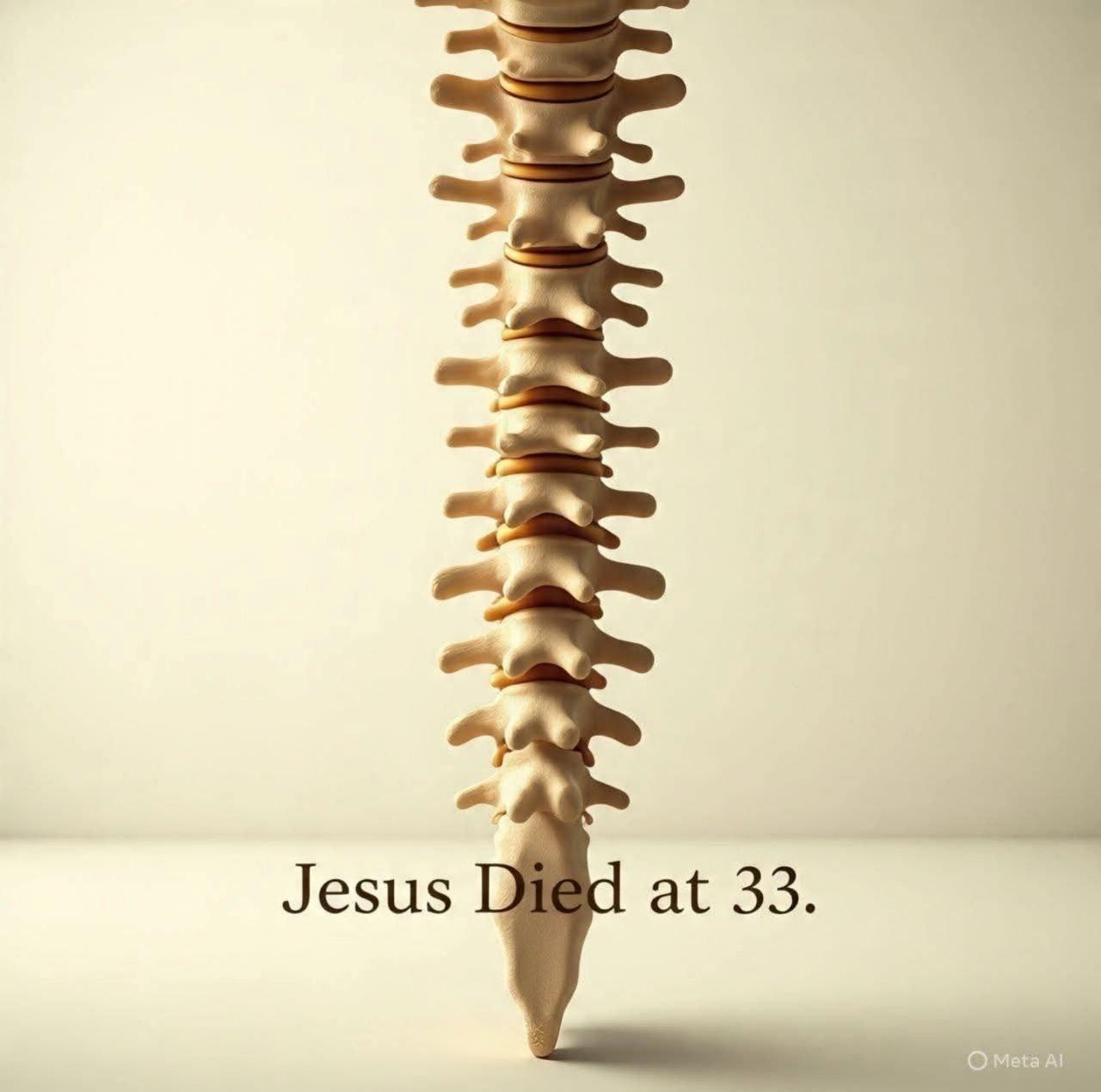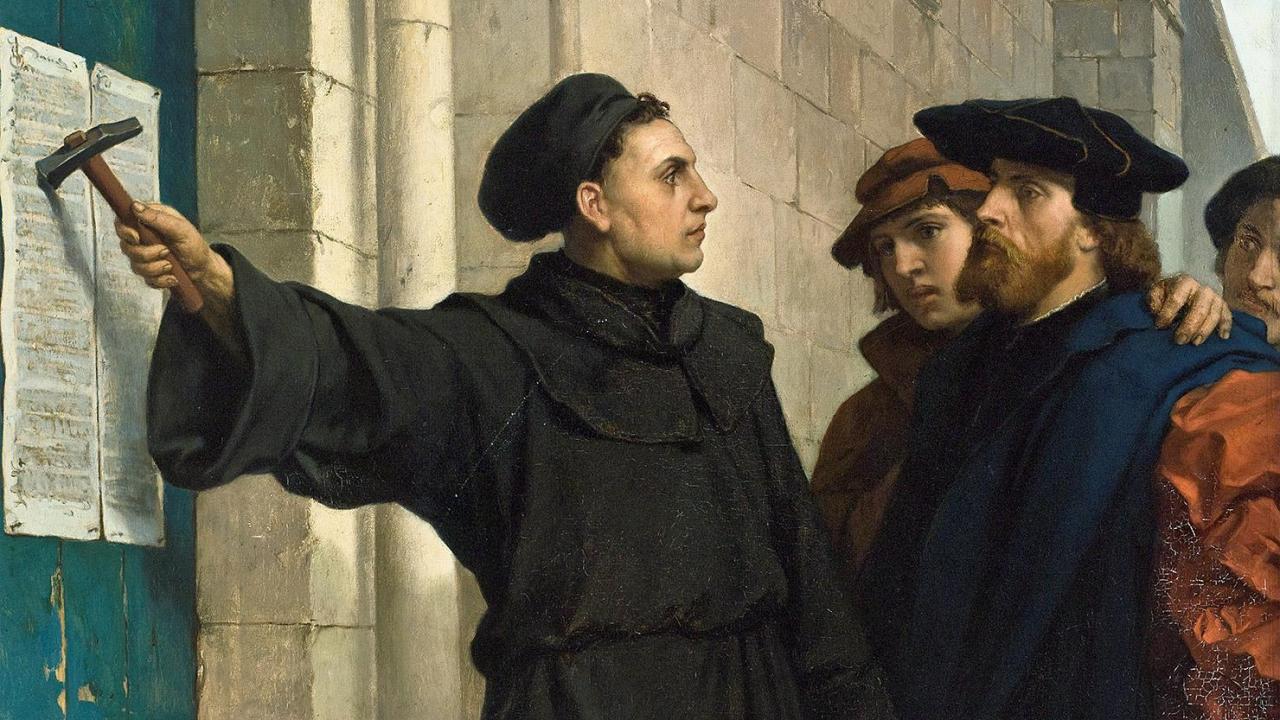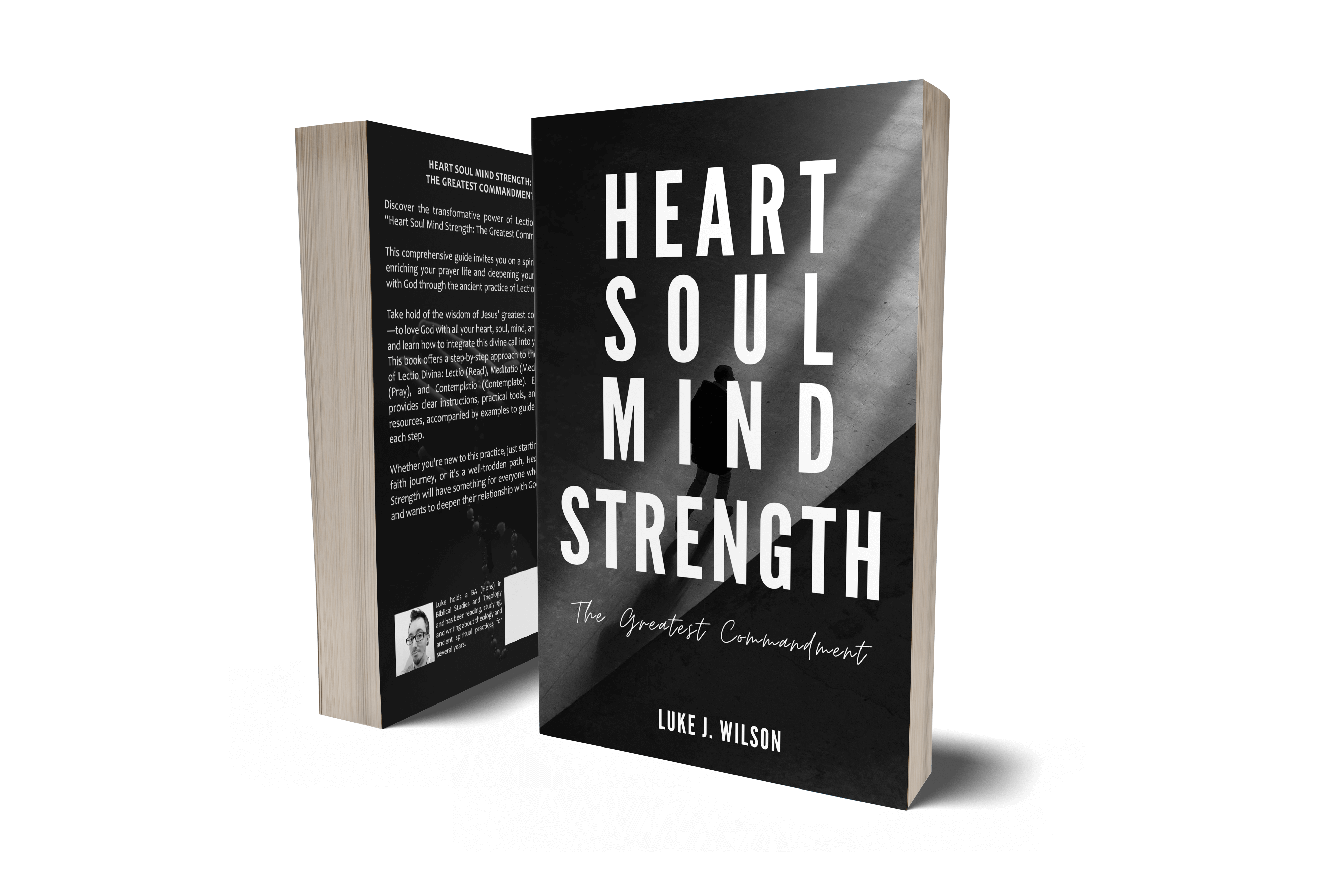The Deity of Christ in the Gospel of Matthew - Part 1

The titles “Jehovah” and “God” given to Jesus in Matthew 1
This is a guest post by “KingsServant”, see Part 2 here.
In this series of articles, I want to present the case that Matthew teaches Jesus is God, from the arguments I made in 2 moderated debates with a Muslim apologist, Mohammed Abd al Razack, commonly known as Al Yemeni. Although I will be going into far more detail, not having to deal with the tight time controls of a debate format.
Matthew’s teaching of the Trinity and in particular that Jesus is God is by no means limited to the baptismal formula given by Christ after his resurrection in Matthew 28:19 a text of which the authenticity is often questioned despite not being in doubt. A sound assessment of what Matthew teaches about his main subject “Jesus Christ, the Son of David, the Son of Abraham” (Matthew 1:1), should begin by observing the structure of the book, specifically the way that Matthew chooses to begin and end his Gospel. Matthew, quite reasonably, begins his account of the life of Jesus by describing the circumstances of his birth (1:18). We are told that before having relations with Joseph to whom she was betrothed, Mary was found to be pregnant, Matthew tells us this was through the Holy Spirit, although this, of course, was unknown to Joseph, her husband to be.
Certain questions arise immediately. First, we may note that Jesus being the Son of God in a unique sense (only-begotten) cannot be the result of his conception as a human by Mary as it is the Holy Spirit who begat Jesus as a man, rather than the Father. The Father is never identified as the Spirit and in 28:19 the Father, Son and Spirit are distinguished from each other. Since the Spirit is not the Father, but rather the Father is a distinct person from the Spirit, we can conclude that both the fatherhood of the Father and the sonship of the Son are not the result of his human conception.
The second question is why is the virgin birth by Mary of a child begotten by the Holy Spirit necessary? What is the purpose of this? Challenging questions for an anti-trinitarian who wants to maintain that Jesus is a mere man to answer. But neither do we have to speculate about it because the answer is given in the text in short notice.
Matthew 1:21
“She will give birth to a Son; and you shall name Him Jesus, for He will save His people from their sins.”
The angel insists that the son to be born must be named Jesus which means either “Jehovah saves” or “Jehovah is Salvation”, a common name at the time, as we know from others in the New Testament who share this name (Matthew 27:16 variant reading, Acts 13:6, Colossians 4:11, Luke 3:29), the same name of the successor of Moses. There’s nothing shocking about the name itself, but a hugely significant point is the reason why the angel says that he must be given this particular name. “for He will save His people from their sins.” He is called Jesus – meaning Jehovah saves because he (that is Jesus) will save his (Jesus’) people from their sins. There can be no dispute that the word “he” at the beginning of this phrase is referring to the child, Jesus. The phrase in Greek[1] includes the word “he” which is actually grammatically unnecessary and as a result can only have been included by the author to highlight that the child is to be given this name (Jehovah is salvation) because he himself is going to be doing the saving. As if this is not enough, the word is not only included but also placed in the emphatic position at the beginning of the phrase. In Greek, the word to be emphasised is placed at the beginning. Beyond all doubt, the angel is identifying Jesus himself as Jehovah who saves!
Further, the Old Testament states that it is Jehovah who will save Israel from their sins, Israel being the group most naturally understood to be “his people” in verse 21 contextually (in both historical and religious contexts of the writing of Matthew and the events themselves).
That Jehovah himself will save Israel from their sins is a common theme found in texts such as;
Psalm 130:7-8
“Israel, wait for the Lord; For with the Lord there is mercy, And with Him is abundant redemption. And He will redeem Israel from all his guilty deeds.”
And significantly;
Isaiah 43:11
“I, only I, am the Lord, and there is no saviour besides Me
Some may object here that this must be some kind of hyperbole because others have the same title “saviour” assigned to them and approved in scripture, such as;”
2 Kings 13:4-5
“Then Jehoahaz appeased the Lord, and the Lord listened to him; for He saw the oppression of Israel, how the king of Aram oppressed them. And the Lord gave Israel a savior, so that they escaped from under the hand of the Arameans; and the sons of Israel lived in their tents as previously.”
Isaiah 19:20
“And it will become a sign and a witness to the Lord of armies in the land of Egypt; for they will cry out to the Lord because of oppressors, and He will send them a Savior and a Champion, and He will save them.”
But here the focus ought to be narrowed, the context in which mere men are called saviours is when they are delivering people from physical oppression, so there is no contradiction with Isaiah 43:11 or need to explain it as exaggeration because it is talking about Jehovah being the only saviour of another sort. The following verses from the same chapter reveal in what sense Jehovah is saying that there is no other saviour;
Isaiah 43:25-28
“I, I alone, am the one who wipes out your wrongdoings for My own sake, And I will not remember your sins. Meet Me in court, let’s argue our case together; State your cause, so that you may be proved right. Your first forefather sinned, And your spokesmen have rebelled against Me. So I will profane the officials of the sanctuary, And I will turn Jacob over to destruction and Israel to abuse.”
What is the precise context in which Jehovah is the only saviour? Salvation from sins, the exact things from which the angel states Jesus will save his people, Matthew 1:21. For which reason he is to be called that very name – “Jesus” – “Jehovah saves”.
Matthew continues;
Matthew 1:22-23
Now all this took place so that what was spoken by the Lord through the prophet would be fulfilled: “Behold, the virgin will conceive and give birth to a Son, and they shall name Him Immanuel,” which translated means, “God with us.”
Regarding the proper translation of the Hebrew word here translated as “virgin”, a great deal has been said by others, it is not my purpose here to weigh in on that dispute, for a solid treatment of it I suggest Dr Michael L Brown[2]. Since I am concerned instead here with an exegetical analysis of what Matthew teaches about the deity of Christ, my focus is on the use that Matthew makes of Isaiah 7:14 as is relevant to that. He is stating that the events just described directly before were necessary for the fulfilment of this prophecy. “The virgin”, that is Mary, has conceived by the Holy Spirit in his account and will shortly after, as the record continues, give birth to a son while still a virgin, Matthew 1:25. Consequently he identifies the Son in this prophecy as Jesus, Jesus is Immanuel. While doing this Matthew takes care to point out the meaning of that name - “God is with us”. He clearly considers the meaning significant and wants it to be noted by his readers without them attempting to minimise its profundity. Since Matthew has already recorded the angel explicitly identifying Jesus as Jehovah, he is now equating Jesus (who is Jehovah) as God in this prophecy, fulfilled as a result of these events.
Two objections may be made, however. First, the use of a theophoric name, even one stating the presence of God does not imply that the one with such a name is himself, God. Even today “Immanuel” is a name used by Christians for their children although they have no intention of being blasphemous or implying that their children are divine at all! However, this is to isolate this prophecy from its context (both in Matthew and Isaiah). In Isaiah it is said to be a great sign from “Jehovah himself” implied to be “as deep as Sheol or as high as heaven” (Isaiah 7:11). Whether or not there was a prior fulfilment Matthew sees the birth of Jesus as the ultimate fulfilment of this prophecy making that connection directly after recording the angel stating unambiguously that he is Jehovah while drawing specific attention to the meaning of the name “God is with us” something he wants his readers to take seriously and not to miss.
Second, some may wish to mention that the Lord’s given name was “Jesus” not “Immanuel”. It is perfectly clear that Matthew well knows what the Lord’s given name is, (Matthew 1:21), without even referring to the use of the name “Jesus” throughout the rest of the book. According to Matthew, Jesus is the Son in this prophecy. If anyone cares to dispute that let them simply attempt to explain Matthew 1:22. Further, to say that something particular will be a person’s name in biblical use certainly does not need to mean that it must be their given name which is used for them. Let’s use another prophecy as an example, just two chapters later;
Isaiah 9:6
“For a Child will be born to us, a Son will be given to us; And the government will rest on His shoulders; And His name will be called Wonderful Counselor, Mighty God, Eternal Father, Prince of Peace.”
Just as in chapter seven of Isaiah it says his name will be called each of these things, let the objector use the same method of interpretation in both texts. Either maintain that the child in this text is being prophesied to have every one of these as a given name or no longer insist that in chapter 7 this must be the literal first name of that son.
*All quotations are from the NASB.
[1] αυτος γαρ σωσει τον λαον αυτου απο των αμαρτιων αυτων the word “he” underlined
[2] Michael L. Brown “Answering Jewish Objections to Jesus vol 3” Baker books 2003 17-32
Leave a comment Like Back to Top Seen 3K times Liked 1 times
Enjoying this content?
Support my work by becoming a patron on Patreon!
By joining, you help fund the time, research, and effort that goes into creating this content — and you’ll also get access to exclusive perks and updates.
Even a small amount per month makes a real difference. Thank you for your support!
Subscribe to Updates
If you enjoyed this, why not subscribe to free email updates and join over 864 subscribers today!
My new book is out now! Order today wherever you get books
Recent Posts
Luke J. Wilson | 19th August 2025 | Fact-Checking
A poetic post has been circulating widely on Facebook, suggesting that our anatomy mirrors various aspects of Scripture. On the surface it sounds inspiring, but when we take time to weigh its claims, two main problems emerge. The viral post circulating on Facebook [Source] First, some of its imagery unintentionally undermines the pre-existence of Christ, as if Jesus only “held the earth together” for the 33 years of His earthly life. Second, it risks reducing the resurrection to something like biological regeneration, as if Jesus simply restarted after three days, instead of being raised in the miraculous power of God. Alongside these theological dangers, many of the scientific claims are overstated or symbolic rather than factual. Let’s go through them one by one. 1. “Jesus died at 33. The human spine has 33 vertebrae. The same structure that holds us up is the same number of years He held this Earth.” The human spine does generally have 33 vertebrae, but that number includes fused bones (the sacrum and coccyx), and not everyone has the same count. Some people have 32 or 34. More importantly, the Bible never says Jesus was exactly 33 when He died — Luke tells us He began His ministry at “about thirty” (Luke 3:23), and we know His public ministry lasted a few years, but His precise age at death is a tradition, not a biblical statement. See my other recent article examining the age of Jesus here. Theologically, the phrase “the same number of years He held this Earth” is problematic. Jesus did not hold the world together only for 33 years. The eternal Word was with God in the beginning (John 1:1–3), and “in Him all things hold together” (Colossians 1:17). Hebrews says He “sustains all things by His powerful word” (Hebrews 1:3). He has always upheld creation, before His incarnation, during His earthly ministry, and after His resurrection. To imply otherwise is to risk undermining the pre-existence of Christ. 2. “We have 12 ribs on each side. 12 disciples. 12 tribes of Israel. God built His design into our bones.” Most people do have 12 pairs of ribs, though some are born with an extra rib, or fewer. The number 12 is certainly biblical: the 12 tribes of Israel (Genesis 49), the 12 apostles (Matthew 10:1–4), and the 12 gates and foundations of the New Jerusalem (Revelation 21). But there’s no biblical connection between rib count and these symbolic twelves. This is a case of poetic association, not design woven into our bones. The only real mention of ribs in Scripture is when Eve is created from one of Adam’s ribs in Genesis 2:21–22, which has often led to the teaching in some churches that men have one less rib than women (contradicting this new claim)! 3. “The vagus nerve runs from your brain to your heart and gut. It calms storms inside the body. It looks just like a cross.” The vagus nerve is real and remarkable. It regulates heart rate, digestion, and helps calm stress, and doctors are even using vagus nerve stimulation as therapy for epilepsy, depression, and inflammation showing it really does “calm storms” in the body. But it does not look like a cross anatomically. The language about “calming storms” may echo the way Jesus calmed the storm on the Sea of Galilee (Mark 4:39), but here again the poetic flourish stretches science (and Scripture) beyond what’s accurate. 4. “Jesus rose on the third day. Science tells us that when you fast for 3 days, your body starts regenerating. Old cells die. New ones are born. Healing begins. Your body literally resurrects itself.” There’s a serious theological problem here. To equate Jesus’ resurrection with a biological “regeneration” after fasting is to misrepresent what actually happened. Fasting can indeed trigger cell renewal and immune repair, but it cannot bring the dead back to life. It’s still a natural process that happens...
Luke J. Wilson | 08th July 2025 | Islam
“We all worship the same God”. Table of Contents 1) Where YHWH and Allah Appear Similar 2) Where Allah’s Character Contradicts YHWH’s Goodness 3) Where Their Revelations Directly Contradict Each Other 4) YHWH’s Love for the Nations vs. Allah’s Commands to Subjugate 5) Can God Be Seen? What the Bible and Qur’an Say 6) Salvation by Grace vs. Salvation by Works Conclusion: Same God? Or Different Revelations? You’ve heard it from politicians, celebrities, and even some pastors. It’s become something of a modern mantra, trying to shoehorn acceptance of other beliefs and blend all religions into one, especially the Abrahamic ones. But what if the Bible and Qur’an tell different stories? Let’s see what their own words reveal so you can judge for yourself. This Tweet recently caused a stir on social media 1) Where YHWH and Allah Appear Similar Many point out that Jews, Christians, and Muslims share a belief in one eternal Creator God. That’s true — up to a point. Both the Bible and Qur’an describe God as powerful, all-knowing, merciful, and more. Here’s a list comparing some of the common shared attributes between YHWH and Allah, with direct citations from both Scriptures: 26 Shared Attributes of YHWH and Allah According to the Bible (NRSV) and the Qur’an Eternal YHWH: “From everlasting to everlasting you are God.” — Psalm 90:2 Allah: “He is the First and the Last…” — Surah 57:3 Creator YHWH: “In the beginning God created the heavens and the earth.” — Genesis 1:1 Allah: “The Originator of the heavens and the earth…” — Surah 2:117 Omnipotent (All-Powerful) YHWH: “Nothing is too hard for you.” — Jeremiah 32:17 Allah: “Allah is over all things competent.” — Surah 2:20 Omniscient (All-Knowing) YHWH: “Even before a word is on my tongue, O LORD, you know it.” — Psalm 139:4 Allah: “He knows what is on the land and in the sea…” — Surah 6:59 Omnipresent (Present Everywhere) YHWH: “Where can I go from your Spirit?” — Psalm 139:7–10 Allah: “He is with you wherever you are.” — Surah 57:4 Holy YHWH: “Holy, holy, holy is the LORD of hosts.” — Isaiah 6:3 Allah: “The Holy One (Al-Quddus).” — Surah 59:23 Just YHWH: “A God of faithfulness and without injustice.” — Deuteronomy 32:4 Allah: “Is not Allah the most just of judges?” — Surah 95:8 Merciful YHWH: “The LORD, merciful and gracious…” — Exodus 34:6 Allah: “The Most Gracious, the Most Merciful.” — Surah 1:1 Compassionate YHWH: “As a father has compassion on his children…” — Psalm 103:13 Allah: “He is the Forgiving, the Affectionate.” — Surah 85:14 Faithful YHWH: “Great is your faithfulness.” — Lamentations 3:22–23 Allah: “Indeed, the promise of Allah is truth.” — Surah 30:60 Unchanging YHWH: “For I the LORD do not change.” — Malachi 3:6 Allah: “None can change His words.” — Surah 6:115 Sovereign YHWH: “The LORD has established his throne in the heavens…” — Psalm 103:19 Allah: “Blessed is He in whose hand is dominion…” — Surah 67:1 Loving YHWH: “God is love.” — 1 John 4:8 Allah: “Indeed, my Lord is Merciful and Affectionate (Al-Wadud).” — Surah 11:90 Forgiving YHWH: “I will not remember your sins.” — Isaiah 43:25 Allah: “Allah forgives all sins…” — Surah 39:53 Wrathful toward evil YHWH: “The LORD is a jealous and avenging God…” — Nahum 1:2 Allah: “For them is a severe punishment.” — Surah 3:4 One/Unique YHWH: “The LORD is one.” — Deuteronomy 6:4 Allah: “Say: He is Allah, One.” — Surah 112:1 Jealous of worship YHWH: “I the LORD your God am a jealous God.” �...
Luke J. Wilson | 05th June 2025 | Blogging
As we commemorated the 500th anniversary of the Protestant Reformation this year, the familiar image of Martin Luther striding up to the church door in Wittenberg — hammer in hand and fire in his eyes — has once again taken centre stage. It’s a compelling picture, etched into the imagination of many. But as is often the case with historical legends, closer scrutiny tells a far more nuanced and thought-provoking story. The Myth of the Door: Was the Hammer Ever Raised? Cambridge Reformation scholar Richard Rex is one among several historians who have challenged the romanticised narrative. “Strangely,” he observes, “there’s almost no solid evidence that Luther actually went and nailed them to the church door that day, and ample reasons to doubt that he did.” Indeed, the first image of Luther hammering up his 95 Theses doesn’t appear until 1697 — over 180 years after the fact. Eric Metaxas, in his recent biography of Luther, echoes Rex’s scepticism. The earliest confirmed action we can confidently attribute to Luther on 31 October 1517 is not an act of public defiance, but the posting of two private letters to bishops. The famous hammer-blow may never have sounded at all. Conflicting Accounts Philip Melanchthon, Luther’s successor and first biographer, adds another layer of complexity. He claimed Luther “publicly affixed” the Theses to the door of All Saints’ Church, but Melanchthon wasn’t even in Wittenberg at the time. Moreover, Luther himself never mentioned posting the Theses publicly, even when recalling the events years later. Instead, he consistently spoke of writing to the bishops, hoping the matter could be addressed internally. At the time, it was common practice for a university disputation to be announced by posting theses on church doors using printed placards. But no Wittenberg-printed copies of the 95 Theses survive. And while university statutes did require notices to be posted on all church doors in the city, Melanchthon refers only to the Castle Church. It’s plausible Luther may have posted the Theses later, perhaps in mid-November — but even that remains uncertain. What we do know is that the Theses were quickly circulated among Wittenberg’s academic elite and, from there, spread throughout the Holy Roman Empire at a remarkable pace. The Real Spark: Ink, Not Iron If there was a true catalyst for the Reformation, it wasn’t a hammer but a printing press. Luther’s Latin theses were swiftly reproduced as pamphlets in Basel, Leipzig, and Nuremberg. Hundreds of copies were printed before the year’s end, and a German translation soon followed, though it may never have been formally published. Within two weeks, Luther’s arguments were being discussed across Germany. The machinery of mass communication — still in its relative infancy — played a pivotal role in what became a theological, political, and social upheaval. The Letters of a Conscientious Pastor Far from the bold revolutionary of popular imagination, Luther appears in 1517 as a pastor deeply troubled by the abuse of indulgences, writing with respectful concern to those in authority. In his letter to Archbishop Albrecht of Mainz, he humbly addresses the archbishop as “Most Illustrious Prince,” and refers to himself as “the dregs of humanity.” “I, the dregs of humanity, have so much boldness that I have dared to think of a letter to the height of your Sublimity,” he writes — hardly the voice of a man trying to pick a fight. From Whisper to Roar Luther’s initial appeal through formal channels was, predictably, ignored. He was advised not to make trouble. But as opposition mounted and corruption remained unchecked, the once quiet reformer grew louder. His theological convictions deepened, and his public persona evolved. The lion did eventually roar — but not on October 31. A Catholic Reformer, Not a Protestant Founder It’s vital to remem...
Luke J. Wilson | 20th May 2025 | Islam
You are not alone. Around the world, many Muslims — people who already believe in one God, pray, and seek to live righteously — are drawn to know more about Jesus (ʿĪsā in Arabic). Some have heard He is more than a prophet. Some have sensed His presence in a dream or vision. And some simply long to know God more deeply, personally, and truly. So what does it mean to become a Christian? And how can you take that step? This guide is for you. 1. What Christians Believe About God and Jesus ➤ One God, Eternal and Good Christians believe in one God — the same Creator known to Abraham, Moses, and the prophets. But we also believe God is more personal and relational than many realise. In His love, He has revealed Himself as Father, Son (Jesus), and Holy Spirit — not three gods, but one God in three persons. ➤ Jesus Is More Than a Prophet Muslims honour Jesus as a great prophet, born of the virgin Mary. Christians also affirm this — but go further. The Bible teaches that Jesus is the Word of God (Kalimat Allāh), who became flesh to live among us. He performed miracles, healed the sick, raised the dead — and lived without sin.Jesus came not just to teach but to save — to bring us back to God by bearing our sins and rising again in victory over death. 2. Why Do We Need Saving? ➤ The Problem: Sin All people — no matter their religion — struggle with sin. We lie, get angry, feel jealous, act selfishly, or fail to love God fully. The Bible says: “All have sinned and fall short of the glory of God.” (Romans 3:23) Sin separates us from God. And no matter how many good deeds we do, we can never make ourselves perfect or holy before Him. ➤ The Solution: Jesus Because God loves us, He did not leave us in our sin. He sent Jesus, His eternal Word, to live as one of us. Jesus died willingly, offering His life as a sacrifice for our sins, then rose again on the third day. “But God proves his love for us in that while we still were sinners Christ died for us.” (Romans 5:8) 3. How Do I Become a Christian? Becoming a Christian is not about joining a Western religion. It’s about entering a relationship with God through faith in Jesus Christ. Here is what the Bible says: ✝️ 1. Believe in Jesus Believe that Jesus is the Son of God, that He died for your sins, and that He rose again. “If you confess with your lips that Jesus is Lord and believe in your heart that God raised him from the dead, you will be saved.” (Romans 10:9) 💔 2. Repent of Your Sins Turn away from sin and ask God to forgive you. This is called repentance. It means being truly sorry and choosing a new way. “Repent therefore, and turn to God so that your sins may be wiped out.” (Acts 3:19) 💧 3. Be Baptised Jesus commands His followers to be baptised in water as a sign of their new life. Baptism represents washing away your old life and rising into a new one with Jesus. “Repent and be baptised every one of you in the name of Jesus Christ so that your sins may be forgiven.” (Acts 2:38) 🕊️ 4. Receive the Holy Spirit When you believe in Jesus, God gives you the Holy Spirit to live within you, guiding you, comforting you, and helping you follow His will. “You received the Spirit of adoption, by whom we cry, ‘Abba! Father!’” (Romans 8:15) 🧎 5. Begin a New Life As a Christian, you are born again — spiritually renewed. You begin to grow in faith, love, and holiness. You read the Bible, pray, fast, and gather with other believers. Your life is no longer your own; you now live for God. 4. What Does a Christian Life Look Like? Jesus said: “If anyone wants to become my followers, let them deny themselves and take up their cross and follow me.” (Matthew 16:24) This means: Loving God with all your heart Loving your neighbour — even your enemies Forgiving others ...









